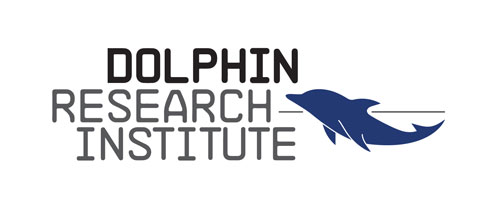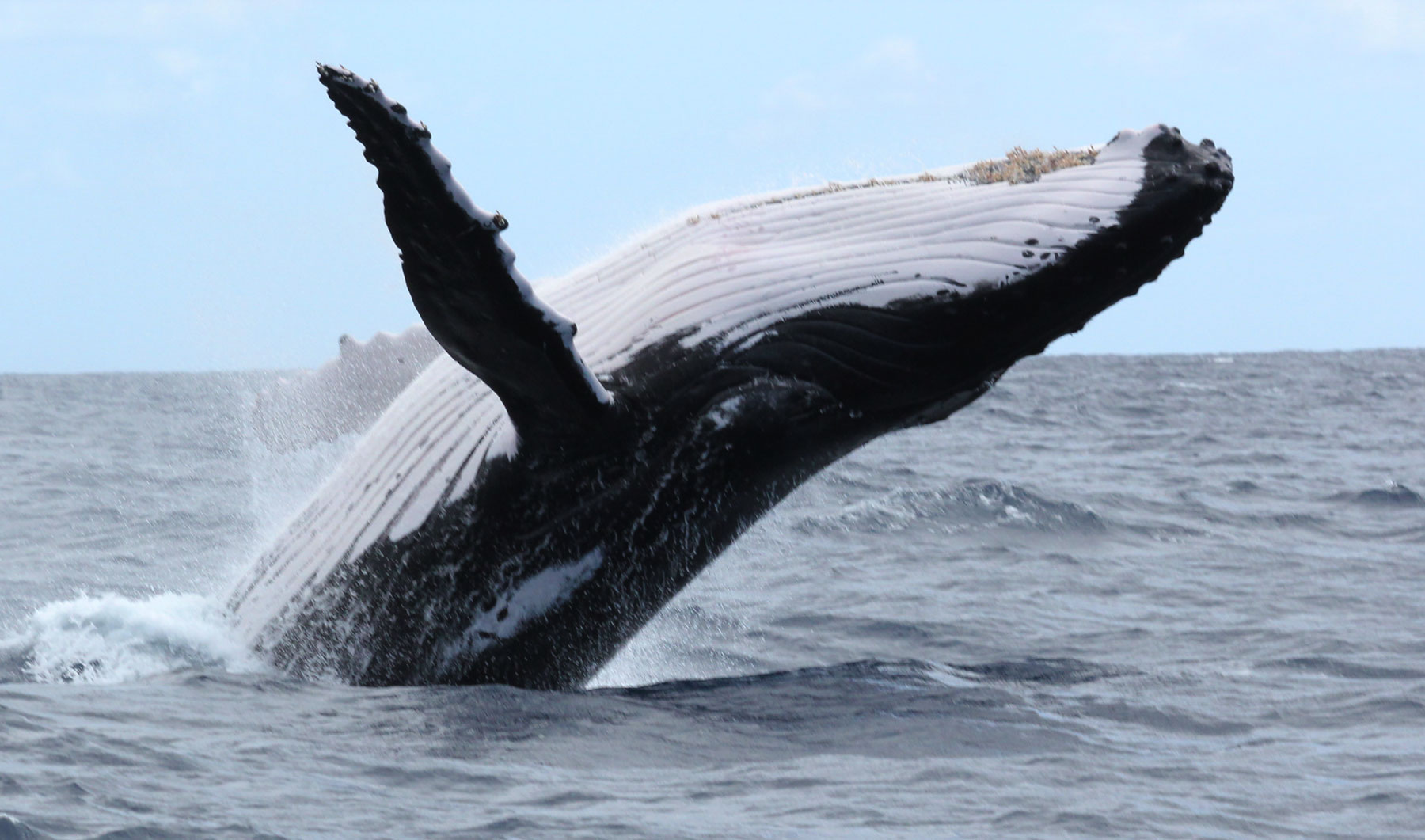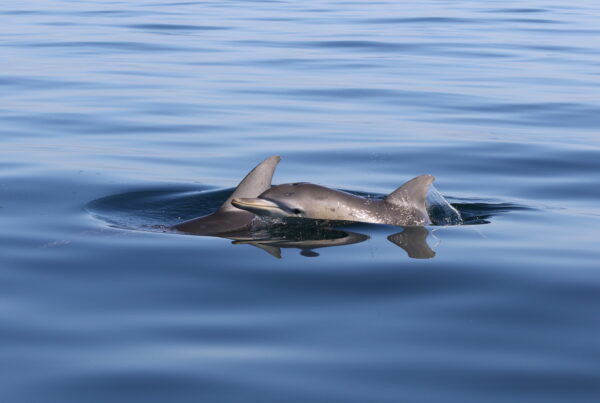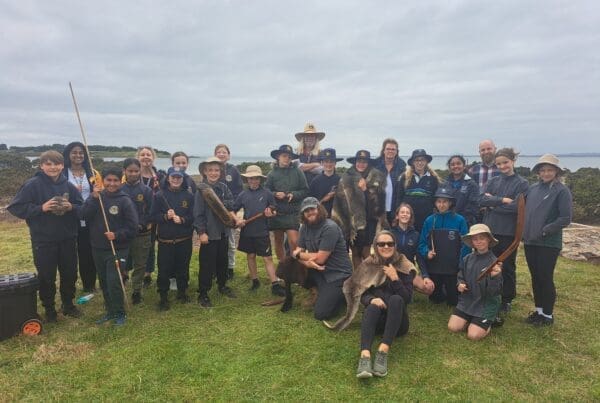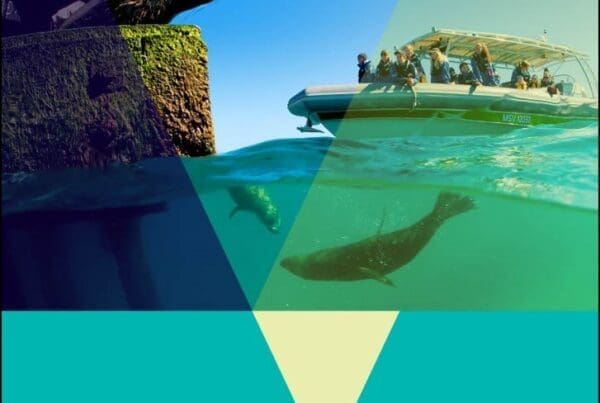Injured Humpback Whale Calf’s Miraculous 2000 kilometre Journey to Victoria!
In a remarkable feat of endurance, an injured humpback whale calf has swum from Queensland to Victoria – with its mother by its side for all the 2000 kilometres.
They were first seen in Hervey Bay in September. The calf was thought to be about six weeks old then, and it had deep, open wounds. We suspect it had been attacked by a shark, as new-born whales are common prey for large sharks and killer whales.

Humpback whale calf photographed in Hervey Bay Queensland, 11 September 2018 by Vicky Neville.
Forty-seven days later, whale watchers with Wildlife Coast Cruises observed the mother and calf off Wilsons Promontory. Despite its injury, the calf appeared to be swimming freely. It now has to survive the Southern Ocean on its journey to the sub Antarctic, where it will spend summer.

Humpback whale calf photographed off Wilson’s Promontory, 22 October 2018 by Angela Bahler
Citizen scientists across the country cooperated in ‘tracking’ the miracle calf. From the photographs taken of it in Hervey Bay, the calf was able to be identified in Victoria due to its distinctive scarring.
Dolphin Research Institute’s “SKINMAP” software was used to precisely “map” the shape of the calf’s dorsal fin and injury in digital images, providing an almost certain confirmation that it is the same individual.
These citizen scientists provide data for the Two Bays Whale Project, which is a collaboration between Wildlife Coast Cruises, Dolphin Research Institute and Killer Whales Australia.
The 2018 Two Bays Whale Project Report has found an increase in sightings of humpback and southern right whales in Victoria. There were 275 confirmed separate sighting events, of 592 estimated individual animals. Killer whales were also reported.
The youngest humpback calf in Victorian waters was also recorded during 2018 by the Dolphin Research Institute.
The community is urged to report sightings of whales and dolphins on the Dolphin Research Institute’s website: www.dolphinresearch.org.au
The Dolphin Research Institute was formed in 1991 and is a registered charity.
The community can support the Institute’s work by joining Adopt-A-Dolphin or supporting our Appeal and Christmas Auction. www.dolphinresearch.org.au
We express our appreciation to Vicky Neville and Angela Bahler for the images of the calf from Hervey Bay and Wilson’s Promontory, respectively. Also to David Donnelly for analyzing the images to validate the identity of the calf and producing the track.
Media Contacts:
Jeff Weir, DRI Executive Director, 0419 356 388
Interviews, Images and Vision (general) available on request.
BACKGROUND:
STATUS OF WHALES
Hunted to the edge of extinction during the industrial whaling era, humpback whales have made an impressive comeback, with eastern Australian numbers expected to reach around 33,000 individuals this year. This is quite remarkable when you consider the post whaling population estimate to be only 200 – 400 individuals. Unfortunately, the news is not so good for the southern right whale, with their southeast Australian numbers estimated to be between just 250 and 300 individuals with no noticeable increase in population size.
The best land-based locations to see whales in the Two Bays region [June to September] are:
- Barwon Bluff
- Port Phillip Heads
- Cape Schanck
- The Nobbies,
- Pyramid Rock,
- Cape Woolamai on Phillip Island and
- the Bass Coast.
Whale Watching Regulations: Substantial penalties apply to people deliberately approaching a whale closer than:
- 200m for vessels
- 300m for jetskis
- 500m height for aircraft (including drones)
